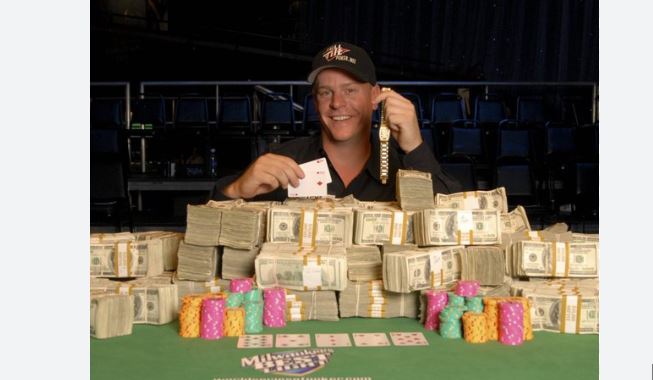
Casino Makes Money by providing games of chance with an average house edge that is less than the total bet. The following discussion covers the terms used in creating casino records and income as well as how this is done.

1. Casino Makes Money Though The Handle
The handle is the primary source of revenue for casinos. No matter what game is being played, the handle is the most important part of the gaming operator. It represents the sum total of all bets made by players. In table games like craps, all players place their bets in the handle, which is composed of coins or playing cards. The bet could win or lose, and the money could go either way.
Frequently, players mix up the handle (total bets) with the drop. The cash (or credit) given in exchange for chips is known as the drop in a casino. When playing a game like blackjack, all of the banknotes and markers (credit slips) are dropped into a metal drop box that is attached to the table. This amount is known as the total drop. On occasion, the words “handle” and “drop” are used interchangeably.
View Also Best Casino Games With Lower House Edge
-
Factors Influencing Casino Handle
What is known as “time on device” has the biggest impact on casino handle. Whatever the wager, there won’t be a handle or a profit if there are no players. When casinos develop strategies to raise average bets and the length of time any gaming machine (such as a slot machine or table area) is in play, they maximize their revenue.
According to a business model, the total handle is a function of game pace, user capacity, and average wager. Because of this, all players club comps are calculated based on your average wager and the number of hours played, not on your win or loss total!
Players may want to take part, but the casino’s rules may specify that the entry fee for the game is $25. Each round of blackjack is expected to bring in a particular amount of money for the casino. The player may receive up to 375 hands from the dealer. The total bet, if each player placed a $2 wager, would be close to $700. If the double-down and splits aren’t taken into account. However, the table will generate $4,125 in just one hour if a single player wagers $25. The single game makes a big impact, even though the game occasionally becomes unplayable because of a shortage of players. Low limits lessen the likelihood of attracting wealthy patrons, which lessens the likelihood that the casino will be profitable.
2. Casino Makes Money Through House Edge
In most cases, the casino has a statistical edge over every wager, allowing them to profit more. The “house edge” refers to this. A game is a wager when the casino has a theoretical edge over the player. Both sides have an equal chance of victory at any given moment, and the outcome is unpredictable. The casino benefits if the player loses, in other words.
The border of the home is double-sided. After every player has settled their wagers, the total amount of money still available is known as the casino win. This statistic may be negative if players outpace the casino’s earnings or positive if the casino comes out ahead. decrease in the casino’s hold percentage results in gains.
-
Explaining the Hold Percentage
On an American-style roulette wheel with a double zero and a zero, the hold % can be better understood. The casino enjoys a 5.26 percent house advantage in this game. However, by the end of a shift, the game will probably win close to 20% of the drop. The house probably has a hold rate of 20% for every $100 placed in the drop box. This is due to the likelihood that a player will place numerous wagers repeatedly against a 5.26 percent house edge. They experience some wins and losses before ultimately losing the money they were willing to stake on this particular table.
Leave a Reply